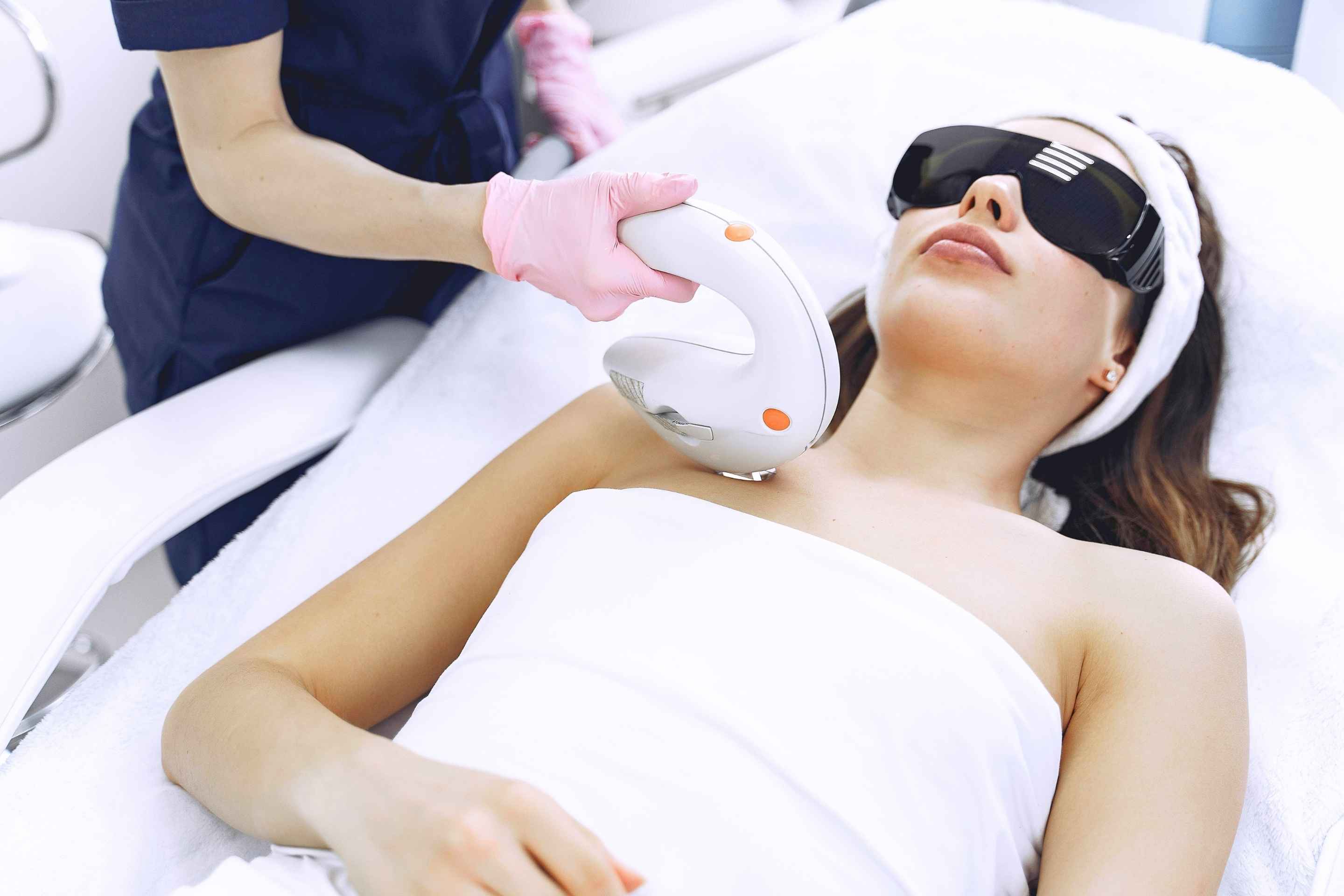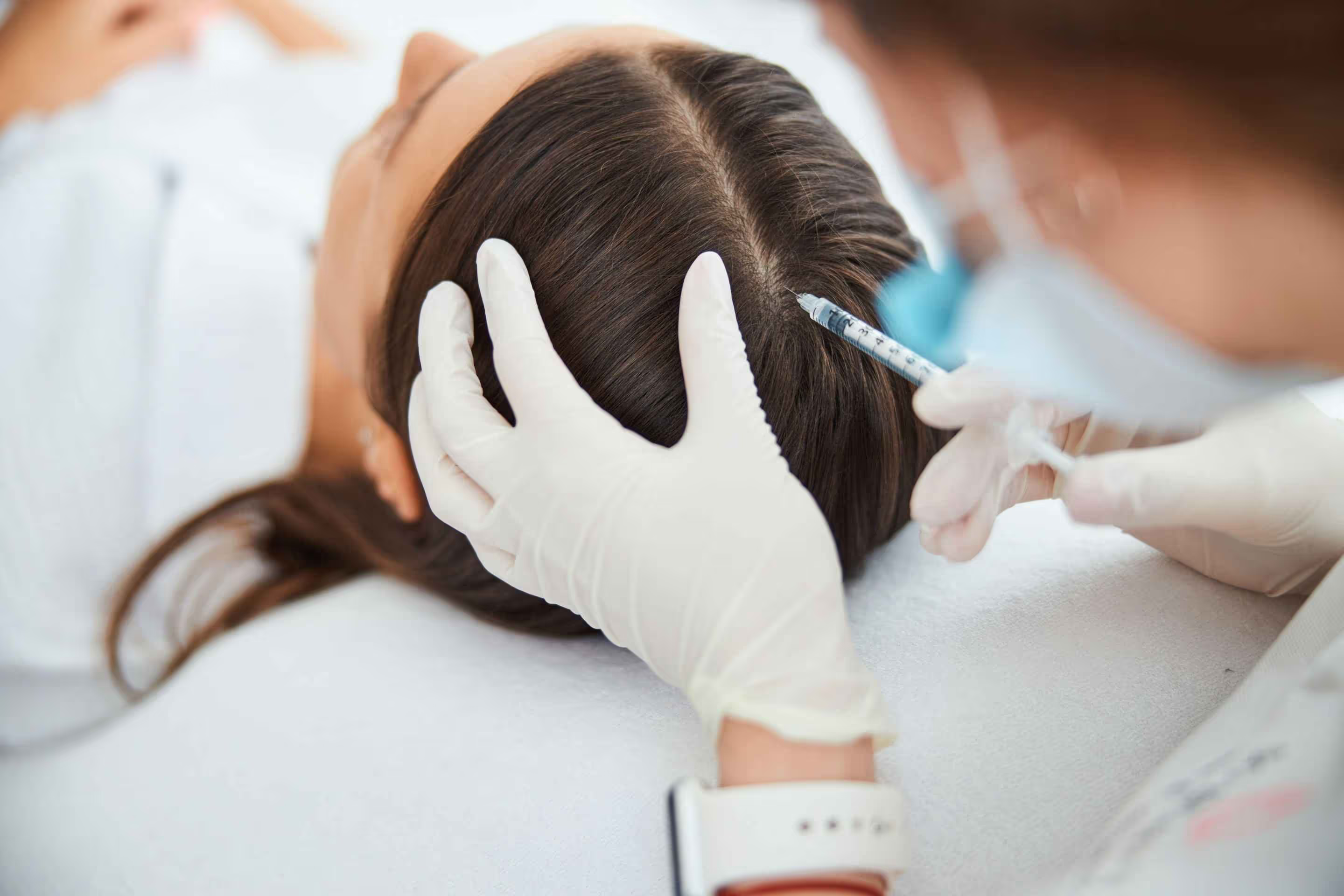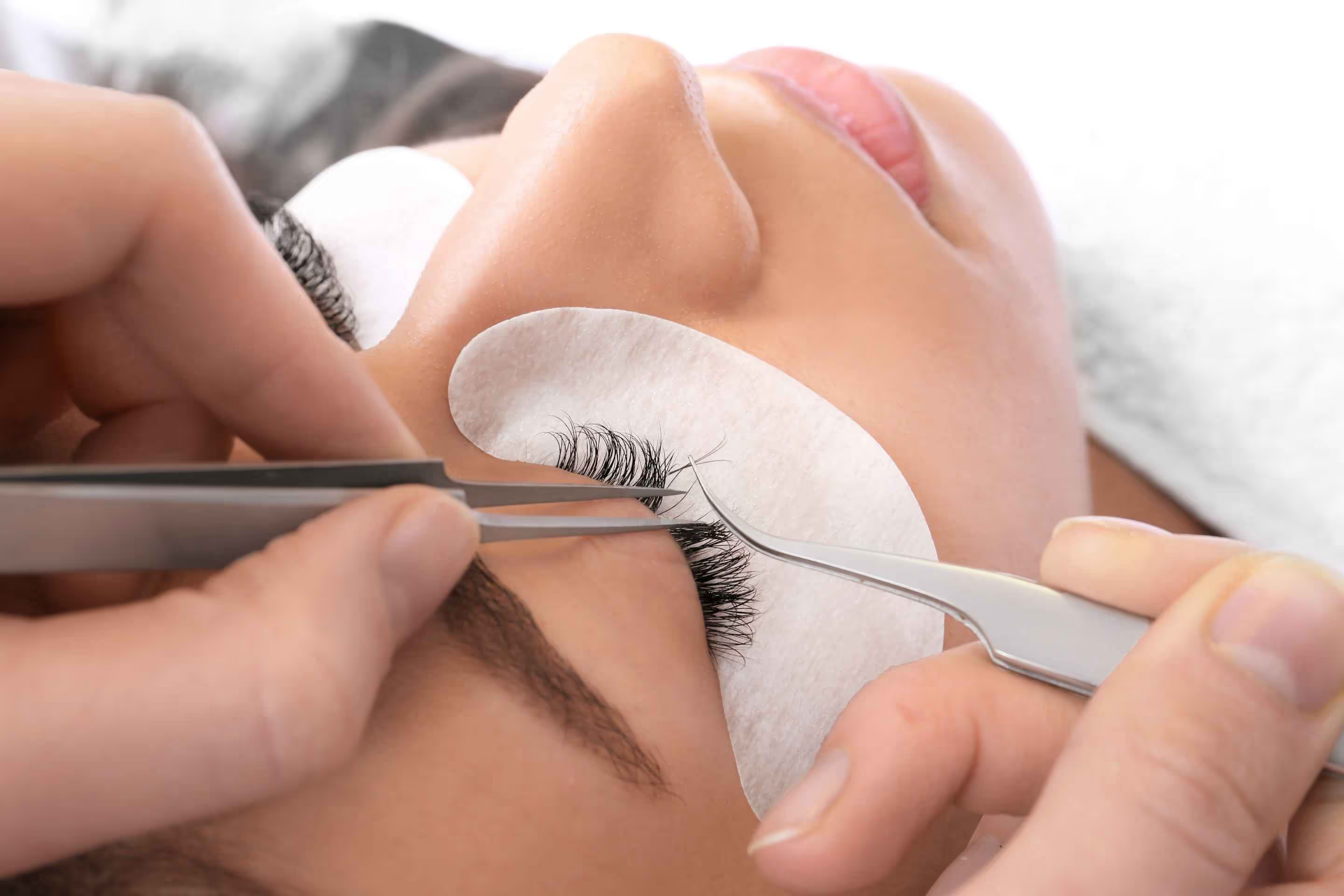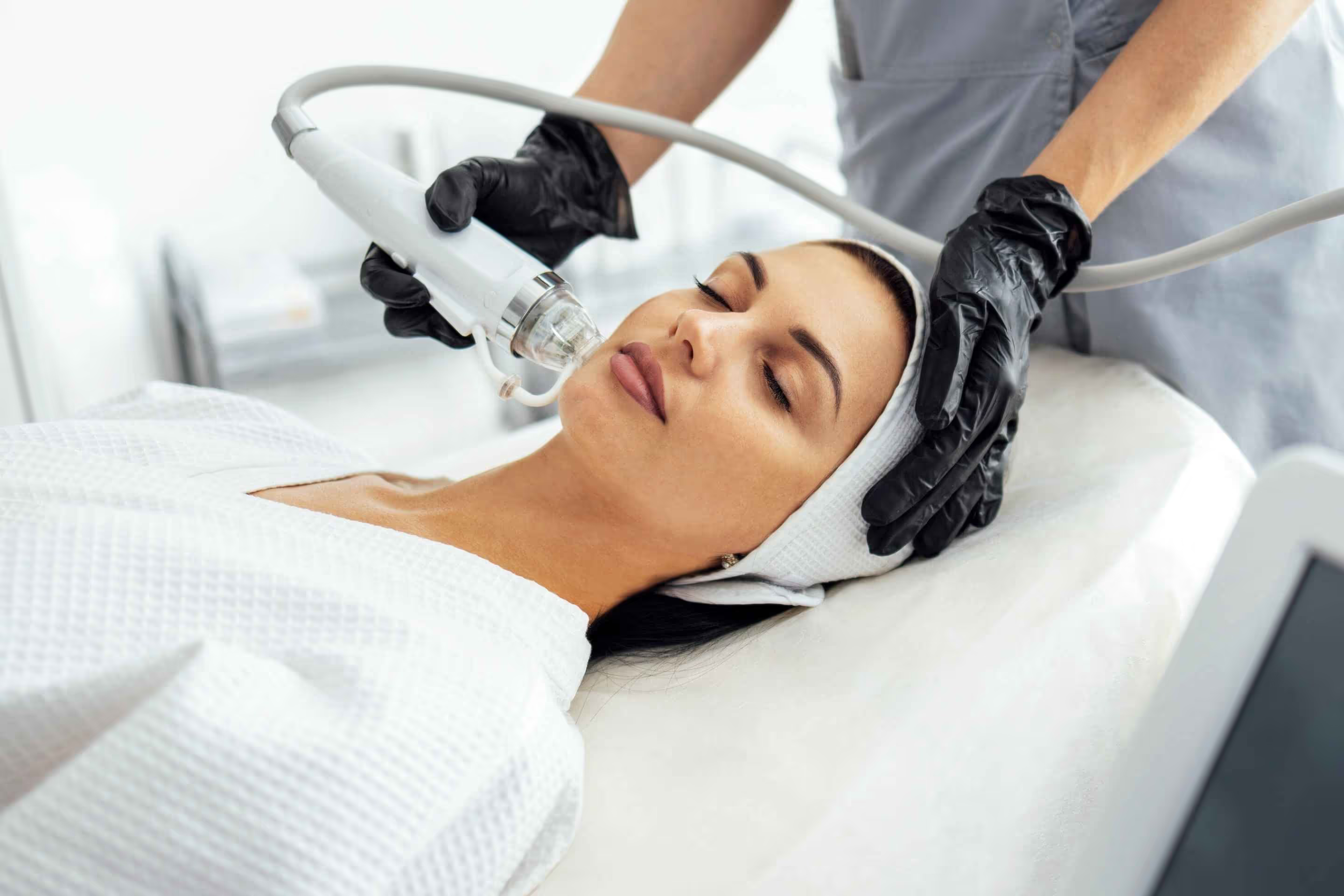Melasma — what is it?
Melasma are chronic pigmentary discolorations that appear most often on the skin of the face - especially on the forehead, cheeks, nose and above the lips. They usually have the shape of irregular spots of brown or gray-brown color, which distinguishes them against the background of a healthy skin surface. Their formation is associated with overproduction of melanin - the pigment responsible for skin color.
Although melasma mainly affects women over 30 and pregnant, it can also occur in men. A characteristic feature of these pigmentation changes is the symmetrical distribution and visibility that increases with exposure of the skin to solar radiation. Due to the influence of UV light, the changes can worsen and, without proper skin care and sun protection, recur.
Melasma — causes of formation
One of the main causes of melasma is hormonal changes — especially intense during pregnancy, the use of hormonal contraception or during menopause. These disorders can activate the enzyme tyrosinase, which stimulates melanocytes to produce the dye excessively. This leads to dark spots on the most exposed parts of the body exposed to sunlight.
It is also worth taking into account genetic predisposition - if someone in the family has struggled with a cold, the risk of developing it increases. Some medications — especially those with photosensitizing effects — can increase the skin's sensitivity to UV radiation. Frequent exposure to the sun further weakens its protective barrier and promotes the formation of uneven color, which can aggravate the symptoms of melasma.
Melasma — treatment
Treatment of melasma is a multi-step process in which not only the reduction of visible discoloration matters, but also the prevention of their reappearance. A properly developed therapeutic plan combines topical preparations, professional medical procedures and daily care.
Local treatment — preparations and active substances
The first stage of therapy is dermatological preparations applied to hyperpigmentation. Their task is to slow down the production of melanin and lighten existing spots. In the composition of creams and ointments used in the treatment of melasma, retinoids, azelaic acid, kojic acid, niacinamide or hydroquinone are most often found. These substances regulate the activity of melanocytes, and at the same time accelerate the regeneration of the skin and improve its structure.
Sun protection — essential every day
UV radiation is one of the main factors that aggravate melasma. Even a short exposure to the sun can stimulate melanocytes to re-produce the dye, which leads to the appearance of new spots. Therefore, daily sun protection should be a mandatory element of care - regardless of the season.
It is advisable to regularly use high SPF sunscreens that reflect UV rays. The application of the protective cream should be repeated several times a day, especially in the summer. Such prophylaxis prevents the recurrence of hyperpigmentation and slows down the aging process of the skin.
Professional treatments — an effective complement to therapy
Home care can be supported with professional treatments that accelerate the reduction of blemishes and improve the texture of the skin. Among them are chemical peels, laser therapy, mesotherapy or phototherapy. Their task is to exfoliate the top layer of the epidermis, break down melanin clusters and stimulate cell renewal.
These treatments are performed in series, adjusting their intensity to the type of skin and the degree of severity of the lesions. Their proper combination with home care gives the best results — blemishes become brighter and skin tone more even. Regular visits to the cosmetology office also allow you to monitor the progress of the treatment of melasma on an ongoing basis and prevent its development in the future.
Melasma — how to get rid of it? Effective treatments in the field of aesthetic medicine
Pigmentation changes, such as melasma, are difficult to remove with home care alone - especially when they have been present for a long time or cover a larger area of the skin of the face. IN in such cases, it is recommended to resort to aesthetic medicine treatments that allow precise access to the deeper layers of the skin and reduce excess melanin. In the therapy of chloasma, the effectiveness is shown by lightening, exfoliating and stimulating skin restoration procedures.
PRX-T33 — effective chemical peeling without peeling the skin
Chemical peels such as PRX-T33 are one of the first choice methods for melasma. PRX-T33 acts at the level of the dermis, without disturbing the outer layer of the epidermis. The treatment uses three components - trichloroacetic acid, hydrogen peroxide and kojic acid. Such a combination makes it possible to lighten hyperpigmentation, stimulate cell renewal and improve the structure of the skin.
In the context of melasma chemical peeling allows you to reduce hyperpigmentation by suppressing the hyperactivity of melanocytes and limiting the synthesis of melanin. The effects are visible after the first sessions — the skin becomes more uniform and dark spots less noticeable. Importantly, the treatment does not cause flaking, so you can return to your daily activities as soon as you leave the office.
The advantage of this therapy is also that it supports the regeneration of the skin and strengthens its protective barrier, which reduces the risk of recurrence of hyperpigmentation. Peeling can be used regardless of the season - also during the period of increased exposure to solar radiation, while maintaining adequate sun protection.
SkinPen Precision microneedle mesotherapy — skin reconstruction and lightening of lesions
Microneedle mesotherapy is also often used to treat melasma. This treatment involves a controlled damage to the skin that triggers repair processes — increases the production of collagen and accelerates the regeneration of the epidermis.
SkinPen Precision, a medical device, allows you to perform the procedure with high precision and safety. During the procedure, microtubules are formed, through which active substances with a brightening and anti-inflammatory effect are introduced into the deeper layers of the skin. Such therapy promotes the treatment of melasma not only by physically breaking up the melanin clusters, but also by restoring even skin tone.
Micro-needle mesotherapy is particularly recommended for hyperpigmentation that persists despite previous treatment. Effectively lightens not only dark spots, but also post-inflammatory hyperpigmentation accompanying previous skin lesions. It improves the appearance of the skin and its elasticity, which is relevant for patients with thin or overdried complexion.
Hydrodermabrasion Dermaclear Alma — skin cleansing and preparation
Although hydrodermabrasion is mainly associated with skin cleansing, its use in melasma therapy is not limited to improving texture. Dermaclear Alma treatment combines exfoliation, cleansing and hydration — which prepares the skin for further therapeutic actions and facilitates the absorption of active ingredients contained in professional cosmetics.
In the context of melasma, it is important to remove dead skin and clean the pores, as residual impurities can aggravate skin lesions and affect uneven skin tone. Hydrodermabrasion allows you to even out skin tone, minimize the appearance of spots and improve its hydration — and this has a direct impact on the effectiveness of further lightening treatments.
The treatment is safe and suitable also for people with sensitive skin, as it does not cause irritation and does not require a recovery period. It is a good complement to melasma therapy, especially in combination with chemical peels or mesotherapy.
Hormonal hyperpigmentation — how to remove? Choose a proven office in Warsaw
In the case of difficult hormone-mediated hyperpigmentation, consultation with a specialist gives the most effective results. An experienced cosmetologist will assess the symptoms of melasma, select the appropriate active substances and indicate effective methods of treatment.
Beauty salon in Warsaw THE CHARM is a place where you can comprehensively care for the skin of the face and restore its even tone. Specialists will help determine the cause of discoloration and select treatments tailored to the needs of your skin. If you are struggling with melasma, start therapy under expert care and see how properly selected treatments can improve the condition and appearance of your skin.
FAQ:
1. Hormonal discoloration on the face — how to remove?
Removing hormonal discoloration on the face requires a multi-step approach - from sun protection, through the use of preparations with active substances, to office procedures. Effectiveness is shown by chemical peels and mesotherapy, among others. Regular care strengthens the skin's protective barrier and reduces the risk of relapse.
2. Are melasma and hormonal discoloration on the body treated in the same way?
Treatments used for melasma can also be effective for hormonal discoloration on the body, although the method of treatment depends on the location and type of skin. Lightening and regenerative therapies help reduce the visibility of hyperpigmentation in both cases, but their selection should be individual.
3. What are the effects of treatments for melasma?
Modern therapies, such as PRX-T33 or microneedle mesotherapy, effectively lighten the skin and improve its structure. Each of the treatments gradually reduces discoloration, including the brown spots characteristic of melasma. Regularity and proper care are essential to enhance the effects and maintain an even skin tone.
Sources:
Handel, A.C., Miot, L.D.B., & Miot, H.A. (2014). Melasma: a clinical and epidemiological review. Brazilian Annals of Dermatology, 89, 771-782.
Rendon, M., Berneburg, M., Arellano, I., & Picardo, M. (2006). Treatment of melasma. Journal of the American Academy of Dermatology, 54(5, Suppl. 2), S272—S281.
Sheth, V.M., & Pandya, A.G. (2011). Melasma: A comprehensive update: Part II. Journal of the American Academy of Dermatology, 65(4), 699—714.









